There’s certainly been a welcome groundswell of support for native plants among gardeners, landscapers and even nurseries. The benefits of going native are many: lower maintenance when properly sited, an increase in wildlife, support of pollinating insects that feed birds and provide us with one in three bites of food, improved soil fertility, water clarification and mitigated runoff.
Native plants are adapted to local climate and soil conditions, especially when those plants have been sourced from local seeds. (It’s always good to ask where the seed came from, because in an ideal world, native plants would be from local native plant communities for best vigor and wildlife support.) Native plants connect us to where we live and help us understand local environments — I always profess that milkweed, for example, is a gateway drug to gardening for wildlife (in this case, monarch butterflies).
Following are some sources you can check out to help get you started on your hunt for the best native plants in your area. Good luck!
Related: Houzz guides to native U.S. plants:Northwest | California | Southwest | Texas | Rocky Mountains
Central Plains | Great Lakes | Northeast | Mid-Atlantic |Southeast
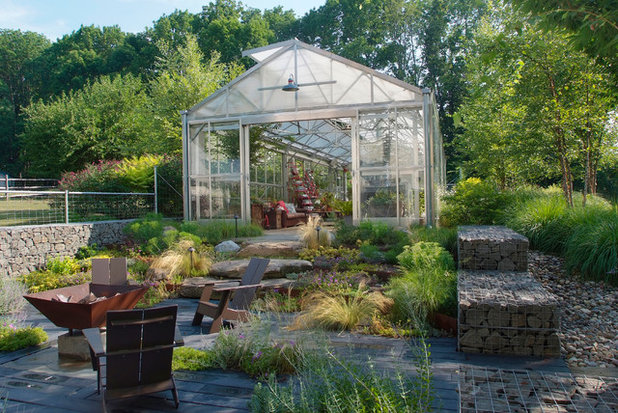
Groundswell Design Group, LLC
1. Nurseries, university extension offices and farmer’s markets. Obviously, the first place you’ll probably look for native plants is at a nearby nursery. Hopefully you’ll shop at local, independent nurseries and keep the money in town. Those local places will hopefully also have some awareness of regional native plants.
Public university extension offices also have resources for native plants and wild plant communities, with a wealth of knowledge about what works best. Near me I have the University of Nebraska-Lincoln, which even has a native plant greenhouse featuring seasonal sales, along with a trial and display garden full of local plants.
You can also check out local farmer’s markets to see if there are any smaller start-up vendors with native plants.
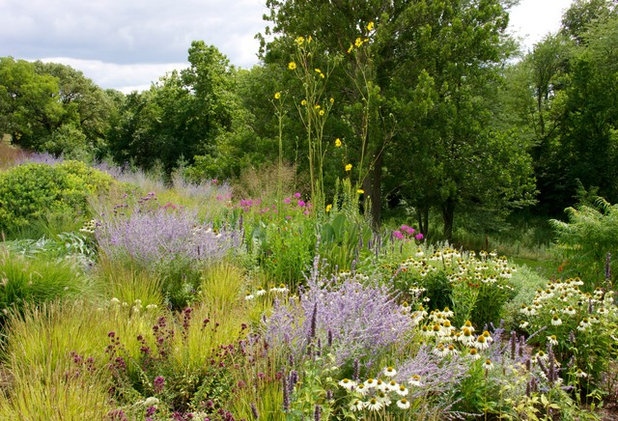
Adam Woodruff + Associates, Garden Artisans
2. The Xerces Society. This is a nonprofit conservation group that works to save invertebrate creatures for the benefit of all wildlife. Its website has a clickable map that takes you to native plant lists for your region, guides for conservation planting, bee identification info and much more.
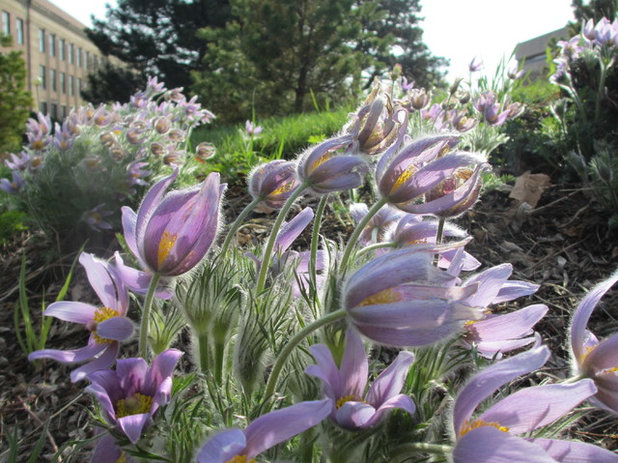
Benjamin Vogt / Monarch Gardens
3. Pollinator Partnership. The sponsor of the annual National Pollinator Week, this organization lets you enter your zip code and takes you to handy printable PDF guides you can take to a nursery. The more we ask nurseries for native plants, the more they’ll carry them.
Pictured: Pasque flower, native to the central and northern U.S. plains from Wisconsin, south to Nebraska and west, all the way up and down the Rocky Mountains.
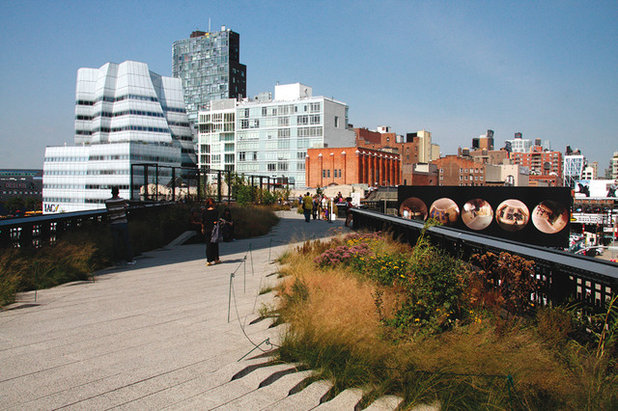
John Hill
4. Biota of North America Program. For the more advanced gardener who knows Latin plant names (quite handy when so many plants have the same common name), BONAP lets you search for plant distribution by state and county maps. It also has maps by density gradient, soil type and climate. You can also search for plant maps via the USDA database.
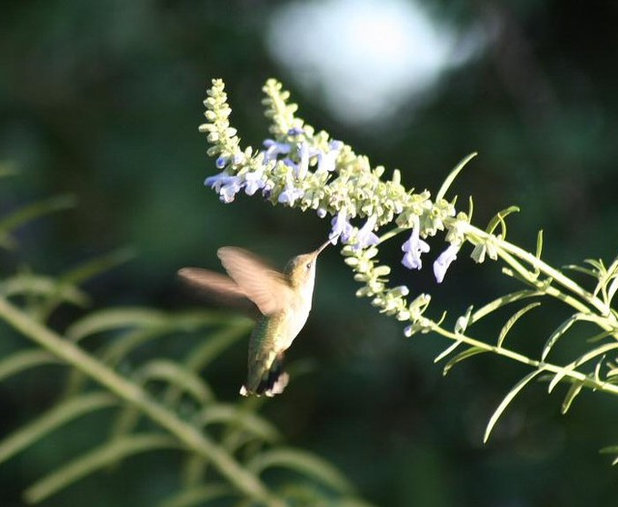
Benjamin Vogt / Monarch Gardens
5. Lady Bird Johnson Wildflower Center. Another great resource, particularly because it actively plants natives in its botanical gardens and has plant sales. If you’re in Texas, you can visit.
Pictured: Blue sage, a Missouri native.
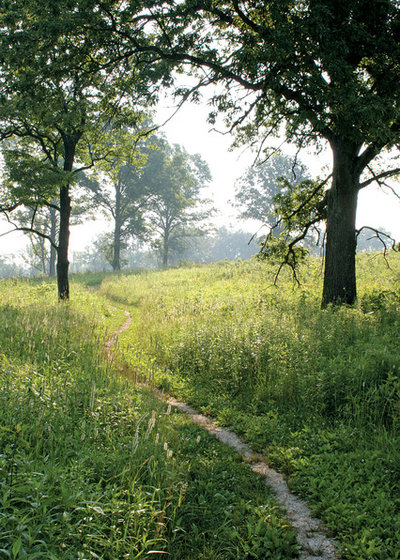
Missouri Botanical Garden
6. Missouri Botanical Garden. I’ve always liked using its search page to find out what growing conditions would be best for my new native plant purchases. It’s always good to consult several websites to build a consensus, which can save you both maintenance time and heartache. The Missouri Botanical Garden also has display gardens and tons of events.
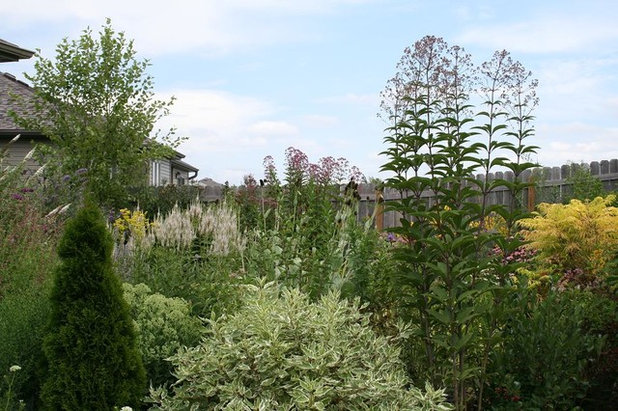
Benjamin Vogt / Monarch Gardens
7. The Find Native Plants
website. If you’re looking for a one-stop shop with links to local nurseries, seed sources and books on native plants and their natural environments, then this site is for you. It’s generated by the writers at the website Native Plants and Wildlife Gardens (of which I am a part).
Tell us: What sources have you found for good native plant information?
More on Houzz: Native plants by U.S. region





